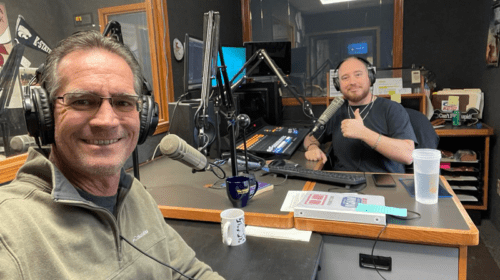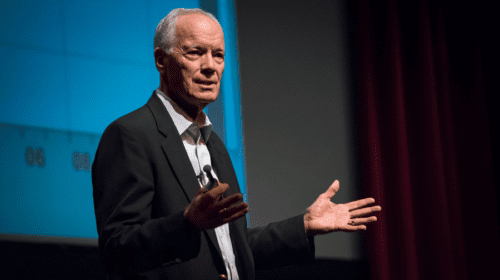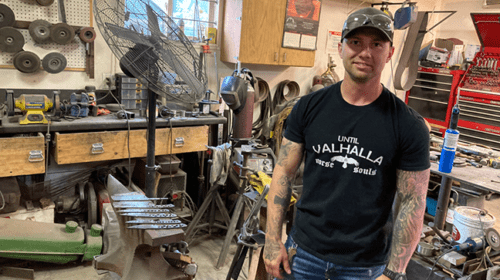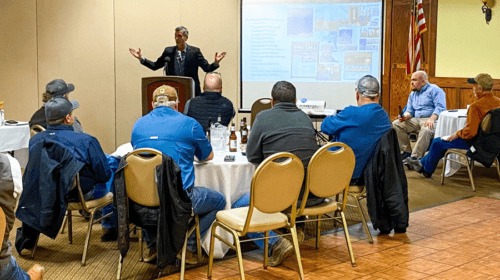Dayle Ranger, Innovation Project Manager, discusses the differences between the United States and Canada in regards to oil and gas development. Ranger says there has been a paradigm shift in how we drill and because of that, there are changes in the industry that many are not prepared for yet.
He also explains how rigs are becoming more automated, Big Data is here and jobs are shifting in response to the changing energy industry. One issue to note is that companies are segmenting their data and information and creating fusion projects across the country. Ranger believes if the industry veered away from day rates, innovation would increase and expand, rather than be stifled.
Other topics of discussion included in the interview include the vetting of industry experts and leaders, upgrading the living environment for on-site workers and how technology will shift job duties rather than eliminate the job altogether.
Podcast: Play in new window | Download
Jason Spiess is a multimedia journalist, entrepreneur and content consultant. Spiess has over 25 years of media experience in broadcasting, journalism, reporting and principal ownership in media companies. (Over 30 years experience if you count his adolescent years as a newspaper delivery boy learning the importance and logistics of daily distribution and monthly door-to-door bill collecting.) Spiess has worked in the areas of oil and gas, UAS and precision agriculture, health care, cannabis, agriculture, real estate, government affairs and economic development. Spiess is the host of two radio programs, Building the Bakken and Coffee & Capitalism, and three specialty programs, MonDak OilField Review, Corporate Ink and UnStuck, that carry a radio network that spans five states and two countries. Spiess is a North Dakota native and graduated from North Dakota State University.
Oil and gas operations are commonly found in remote locations far from company headquarters. Now, it's possible to monitor pump operations, collate and analyze seismic data, and track employees around the world from almost anywhere. Whether employees are in the office or in the field, the internet and related applications enable a greater multidirectional flow of information – and control – than ever before.












